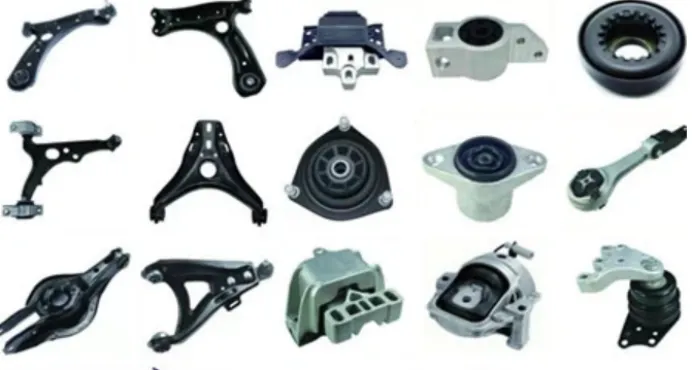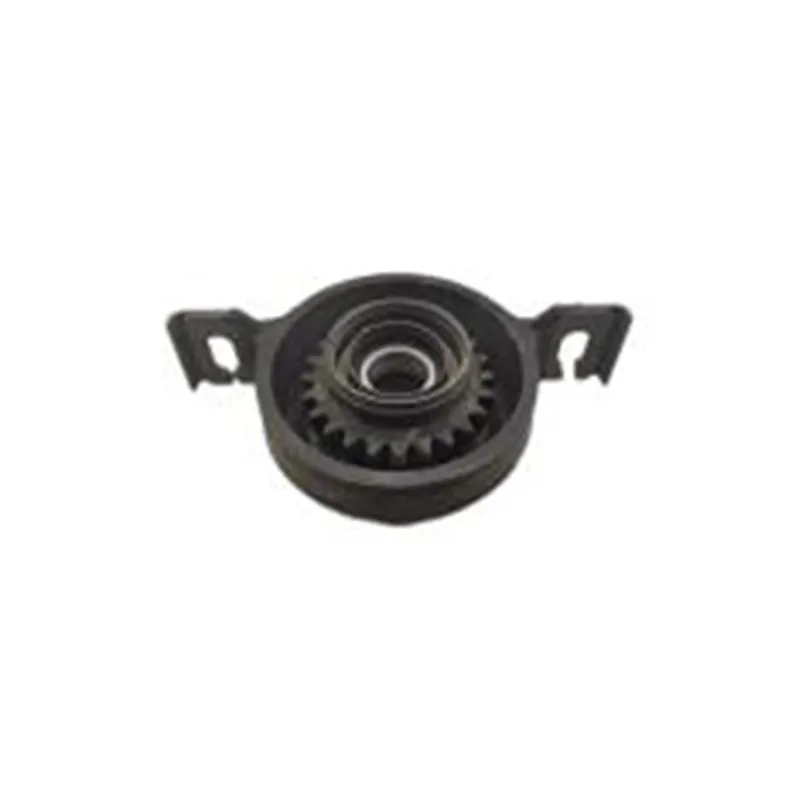
-
 Afrikaans
Afrikaans -
 Albanian
Albanian -
 Amharic
Amharic -
 Arabic
Arabic -
 Armenian
Armenian -
 Azerbaijani
Azerbaijani -
 Basque
Basque -
 Belarusian
Belarusian -
 Bengali
Bengali -
 Bosnian
Bosnian -
 Bulgarian
Bulgarian -
 Catalan
Catalan -
 Cebuano
Cebuano -
 Corsican
Corsican -
 Croatian
Croatian -
 Czech
Czech -
 Danish
Danish -
 Dutch
Dutch -
 English
English -
 Esperanto
Esperanto -
 Estonian
Estonian -
 Finnish
Finnish -
 French
French -
 Frisian
Frisian -
 Galician
Galician -
 Georgian
Georgian -
 German
German -
 Greek
Greek -
 Gujarati
Gujarati -
 Haitian Creole
Haitian Creole -
 hausa
hausa -
 hawaiian
hawaiian -
 Hebrew
Hebrew -
 Hindi
Hindi -
 Miao
Miao -
 Hungarian
Hungarian -
 Icelandic
Icelandic -
 igbo
igbo -
 Indonesian
Indonesian -
 irish
irish -
 Italian
Italian -
 Japanese
Japanese -
 Javanese
Javanese -
 Kannada
Kannada -
 kazakh
kazakh -
 Khmer
Khmer -
 Rwandese
Rwandese -
 Korean
Korean -
 Kurdish
Kurdish -
 Kyrgyz
Kyrgyz -
 Lao
Lao -
 Latin
Latin -
 Latvian
Latvian -
 Lithuanian
Lithuanian -
 Luxembourgish
Luxembourgish -
 Macedonian
Macedonian -
 Malgashi
Malgashi -
 Malay
Malay -
 Malayalam
Malayalam -
 Maltese
Maltese -
 Maori
Maori -
 Marathi
Marathi -
 Mongolian
Mongolian -
 Myanmar
Myanmar -
 Nepali
Nepali -
 Norwegian
Norwegian -
 Norwegian
Norwegian -
 Occitan
Occitan -
 Pashto
Pashto -
 Persian
Persian -
 Polish
Polish -
 Portuguese
Portuguese -
 Punjabi
Punjabi -
 Romanian
Romanian -
 Russian
Russian -
 Samoan
Samoan -
 Scottish Gaelic
Scottish Gaelic -
 Serbian
Serbian -
 Sesotho
Sesotho -
 Shona
Shona -
 Sindhi
Sindhi -
 Sinhala
Sinhala -
 Slovak
Slovak -
 Slovenian
Slovenian -
 Somali
Somali -
 Spanish
Spanish -
 Sundanese
Sundanese -
 Swahili
Swahili -
 Swedish
Swedish -
 Tagalog
Tagalog -
 Tajik
Tajik -
 Tamil
Tamil -
 Tatar
Tatar -
 Telugu
Telugu -
 Thai
Thai -
 Turkish
Turkish -
 Turkmen
Turkmen -
 Ukrainian
Ukrainian -
 Urdu
Urdu -
 Uighur
Uighur -
 Uzbek
Uzbek -
 Vietnamese
Vietnamese -
 Welsh
Welsh -
 Bantu
Bantu -
 Yiddish
Yiddish -
 Yoruba
Yoruba -
 Zulu
Zulu
carbon fiber control arms
The Advantages of Carbon Fiber Control Arms in Automotive Engineering
In recent years, the automotive industry has witnessed a significant shift towards the adoption of advanced materials, with carbon fiber emerging as a front-runner in enhancing vehicle performance and safety. One of the most promising applications of carbon fiber technology is in the manufacturing of control arms. These components are crucial for vehicle suspension systems, connecting the chassis to the wheels and allowing for controlled vehicle movement. This article explores the benefits of opting for carbon fiber control arms, their engineering advantages, and their impact on vehicle dynamics.
Understanding Control Arms
Control arms are pivotal in the suspension system of a vehicle, serving the essential role of maintaining wheel alignment and stability during driving. Typically made from materials like steel or aluminum, control arms are designed to bear the forces exerted during acceleration, braking, and cornering. However, traditional materials can be heavy, leading to increased unsprung weight—and consequently, reducing ride quality and handling capability.
The Superiority of Carbon Fiber
Carbon fiber, known for its high strength-to-weight ratio, is an ideal candidate for the manufacturing of control arms
. When compared to traditional materials, carbon fiber control arms offer several compelling advantages1. Weight Reduction Carbon fiber is incredibly lightweight, allowing manufacturers to produce control arms that weigh significantly less than their steel or aluminum counterparts. This reduction in weight contributes directly to improved vehicle performance—enhanced acceleration, better braking, and more responsive handling.
2. Increased Rigidity Carbon fiber exhibits high stiffness, which translates to improved resistance against bending and flexing under load. Stiffer control arms provide better suspension geometry, enhancing tire contact with the road surface. This results not only in improved traction but also in more predictable handling characteristics during high-speed maneuvers.
carbon fiber control arms

3. Durability and Corrosion Resistance Unlike metal components that are prone to rust and corrosion over time, carbon fiber is highly resistant to environmental factors. This durability means that carbon fiber control arms can maintain their structural integrity and appearance, leading to lower maintenance costs and longer lifespan.
4. Vibration Damping One of the lesser-known benefits of carbon fiber is its ability to dampen vibrations. This property is particularly advantageous in performance-oriented vehicles where maintaining driver comfort is as important as achieving dynamic performance. Reduced vibrations lead to improved vehicle stability and a smoother ride.
5. Design Flexibility The manufacturing process for carbon fiber allows for intricate and complex shapes that would be difficult or impossible to achieve with traditional materials. This design flexibility enables engineers to optimize the control arm shape for specific performance characteristics, further enhancing vehicle dynamics.
Applications and Future Prospects
With these advantages, carbon fiber control arms are increasingly being used in high-performance vehicles, including sports cars, racing vehicles, and luxury brands. Various automotive manufacturers are experimenting with carbon fiber components in their designs, and as the technology becomes more refined and production costs decrease, it is likely that we will see wider adoption in mainstream automotive markets.
However, challenges remain. The initial cost of carbon fiber components is currently higher than traditional materials, making it less accessible for budget-conscious consumers. Nevertheless, ongoing advancements in carbon fiber production techniques, such as automated processes and improved resin formulations, are expected to lower costs and increase the feasibility of these materials for mass production.
Conclusion
In conclusion, the integration of carbon fiber technology into control arm manufacturing represents a significant step forward in automotive engineering. The benefits of weight reduction, enhanced rigidity, durability, vibration damping, and design flexibility make carbon fiber control arms an attractive option for manufacturers aiming to enhance vehicle performance and safety. As technology continues to evolve, we can anticipate a future where carbon fiber becomes a standard material in various automotive applications, revolutionizing the way vehicles are designed and driven. As the demand for high-performance and efficient vehicles grows, carbon fiber control arms are poised to play an essential role in the automotive landscape.
-

 English
English
 Afrikaans
Afrikaans
 Albanian
Albanian
 Amharic
Amharic
 Arabic
Arabic
 Armenian
Armenian
 Azerbaijani
Azerbaijani
 Basque
Basque
 Belarusian
Belarusian
 Bengali
Bengali
 Bosnian
Bosnian
 Bulgarian
Bulgarian
 Catalan
Catalan
 Cebuano
Cebuano
 Corsican
Corsican
 Croatian
Croatian
 Czech
Czech
 Danish
Danish
 Dutch
Dutch
 Esperanto
Esperanto
 Estonian
Estonian
 Finnish
Finnish
 French
French
 Frisian
Frisian
 Galician
Galician
 Georgian
Georgian
 German
German
 Greek
Greek
 Gujarati
Gujarati
 Haitian Creole
Haitian Creole
 Hausa
Hausa
 Hawaiian
Hawaiian
 Hebrew
Hebrew
 Hindi
Hindi
 Miao
Miao
 Hungarian
Hungarian
 Icelandic
Icelandic
 Igbo
Igbo
 Indonesian
Indonesian
 Irish
Irish
 Italian
Italian
 Japanese
Japanese
 Javanese
Javanese
 Kannada
Kannada
 Kazakh
Kazakh
 Khmer
Khmer
 Rwandese
Rwandese
 Korean
Korean
 Kurdish
Kurdish
 Kyrgyz
Kyrgyz
 Lao
Lao
 Latin
Latin
 Latvian
Latvian
 Lithuanian
Lithuanian
 Luxembourgish
Luxembourgish
 Macedonian
Macedonian
 Malgashi
Malgashi
 Malay
Malay
 Malayalam
Malayalam
 Maltese
Maltese
 Maori
Maori
 Marathi
Marathi
 Mongolian
Mongolian
 Myanmar
Myanmar
 Nepali
Nepali
 Norwegian
Norwegian
 Norwegian
Norwegian
 Occitan
Occitan
 Pashto
Pashto
 Persian
Persian
 Polish
Polish
 Portuguese
Portuguese
 Punjabi
Punjabi
 Romanian
Romanian
 Russian
Russian
 Samoan
Samoan
 Scottish Gaelic
Scottish Gaelic
 Serbian
Serbian
 Sesotho
Sesotho
 Shona
Shona
 Sindhi
Sindhi
 Sinhala
Sinhala
 Slovenian
Slovenian
 Somali
Somali
 Spanish
Spanish
 Sundanese
Sundanese
 Swahili
Swahili
 Swedish
Swedish
 Tagalog
Tagalog
 Tajik
Tajik
 Tamil
Tamil
 Tatar
Tatar
 Telugu
Telugu
 Thai
Thai
 Turkish
Turkish
 Turkmen
Turkmen
 Ukrainian
Ukrainian
 Urdu
Urdu
 Uighur
Uighur
 Uzbek
Uzbek
 Vietnamese
Vietnamese
 Welsh
Welsh
 Bantu
Bantu
 Yiddish
Yiddish
 Yoruba
Yoruba
 Zulu
Zulu
 Slovak
Slovak






